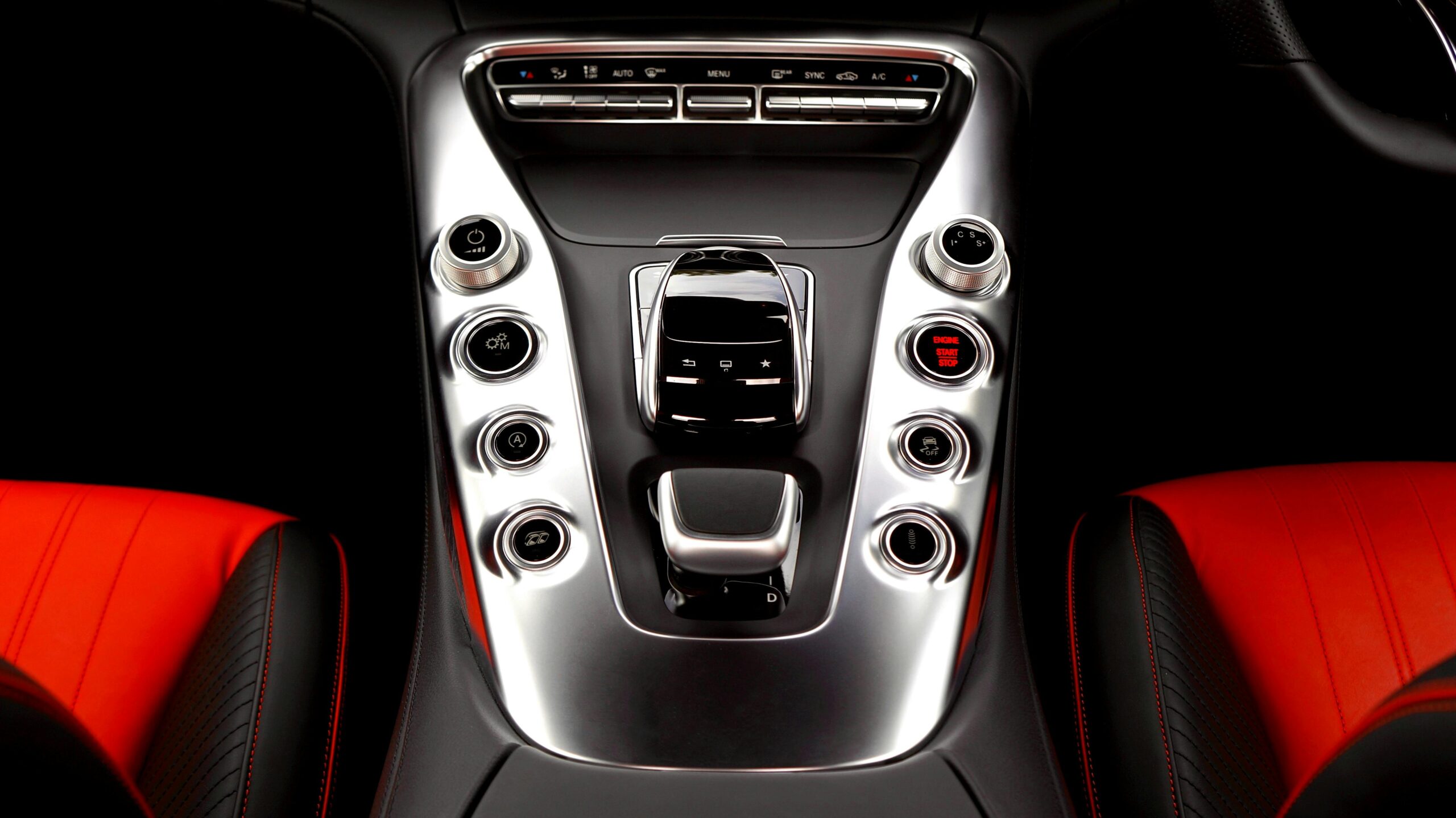Imagine walking into your home and feeling the perfect temperature, humidity, and air quality adjust automatically to your mood and physical needs. Picture spaces where micro-climates create distinct atmospheric experiences – a fresh mountain breeze in your reading corner, tropical warmth in your garden room, or the crisp coolness of an alpine morning in your bedroom. This isn’t science fiction anymore. Climate-responsive interior design with micro-weather control systems is transforming luxury living in 2025, creating environments that respond to your body’s biological rhythms and emotional states with unprecedented precision.
Traditional HVAC systems treat your entire home as one zone, creating bland, uniform conditions that ignore the nuanced ways we experience space. But revolutionary micro-weather technology now allows designers to orchestrate atmospheric narratives throughout your home, crafting spaces that feel alive and responsive to your every need.
The science behind atmospheric luxury
Micro-weather control systems represent the convergence of advanced sensor technology, artificial intelligence, and precision climate engineering. These systems deploy networks of micro-sensors throughout interior spaces, monitoring temperature, humidity, air pressure, particle density, and even electromagnetic fields to create highly localized climate zones.

This Photo was taken by Mike Bird.
Unlike traditional systems that rely on centralized heating and cooling, micro-weather technology uses distributed climate generators. These compact devices, no larger than a book, can alter atmospheric conditions within a 15-foot radius. By strategically placing multiple units throughout a space, designers create seamless transitions between different atmospheric zones.
The key breakthrough lies in predictive algorithms that learn from your behavioral patterns and physiological responses. The system tracks your sleep cycles, activity levels, stress indicators, and even seasonal affective patterns to anticipate your atmospheric needs before you’re consciously aware of them.
Core technologies driving atmospheric control
Several cutting-edge technologies work in harmony to create these responsive environments. Thermoelectric modules provide instant heating and cooling without traditional ductwork. Ultrasonic humidification systems adjust moisture levels with pharmaceutical-grade precision. Ion generators create the crisp feeling of mountain air or the charged atmosphere before a storm.
Advanced air filtration goes beyond removing particles to actively structuring air molecules. Some systems can even introduce trace elements and negative ions that mirror specific natural environments, from ocean coastlines to old-growth forests.
Designing spaces with atmospheric narratives
The most sophisticated implementations treat atmospheric control as storytelling through environmental design. Leading designers now create “weather compositions” that unfold throughout the day, supporting your circadian rhythms and enhancing the intended function of each space.

This Photo was taken by Mike Bird.
Consider a master suite where the bedroom gradually cools and increases humidity as evening approaches, mimicking the natural temperature drop that signals sleep. The ensuite bathroom maintains spa-like warmth and moisture, while the reading nook stays crisp and dry to promote alertness. Each zone transitions smoothly into the next, creating an orchestrated atmospheric experience.
Dining areas benefit from slightly warmer temperatures and specific humidity levels that enhance taste perception. Studies show that controlled atmospheric conditions can make food taste up to 30% more flavorful. Sensory storytelling through environmental design becomes a powerful tool for creating memorable experiences.
Seasonal integration and biophilic connections
The most compelling applications connect interior micro-climates to natural seasonal cycles. Rather than maintaining static comfort zones year-round, these systems allow you to experience gentle seasonal variations that support your body’s natural rhythms while maintaining comfort.
Spring modes introduce gentle warmth increases and higher humidity that mirrors awakening nature. Summer settings create cool, dry refuges with occasional warm breezes. Autumn brings subtle temperature drops and the crisp, clean air associated with changing seasons. Winter modes provide cozy warmth with moisture levels that prevent dry air discomfort.
This approach aligns perfectly with biophilic design principles, creating stronger connections to natural cycles even within completely enclosed spaces.
Integration with smart home ecosystems
Modern micro-weather systems integrate seamlessly with broader smart home networks, creating responsive environments that adapt to your lifestyle patterns. When your fitness tracker indicates elevated stress levels, the system might adjust your home office to cooler, more oxygen-rich conditions that promote alertness and calm focus.

This Photo was taken by Mike Bird.
Calendar integration allows the system to prepare spaces for specific activities. Before morning meditation, your wellness room automatically adjusts to promote relaxation. Prior to important video calls, your home office optimizes conditions for mental clarity and professional presentation.
The integration extends to entertainment systems, where atmospheric conditions enhance different types of content. Movie nights feature cooler temperatures that keep you alert during action sequences, while cozy documentary viewing benefits from warmer, more humid conditions that promote relaxation.
Energy efficiency and sustainability
Despite their sophistication, modern micro-weather systems achieve remarkable energy efficiency through precision targeting and predictive operation. Rather than conditioning entire volumes of space, they focus only on occupied areas and anticipate needs to avoid reactive energy spikes.
| System Type | Energy Usage (kWh/month) | Zone Control | Response Time |
|---|---|---|---|
| Traditional HVAC | 890-1200 | Whole house | 15-30 minutes |
| Smart HVAC | 650-850 | Room-based | 5-15 minutes |
| Micro-weather Systems | 420-580 | Sub-room zones | 30 seconds – 2 minutes |
The sustainability benefits extend beyond energy savings. These systems support sustainable luxury design by reducing the need for energy-intensive whole-house conditioning and enabling more efficient building designs.
Health and wellness optimization
The health benefits of precision atmospheric control extend far beyond basic comfort. Research from the International WELL Building Institute shows that optimized indoor air quality and thermal comfort can improve cognitive performance by up to 15% and reduce sick building syndrome symptoms by 40%.

This Photo was taken by Garvin St. Villier.
Micro-weather systems excel at supporting specific health outcomes through targeted environmental modifications. Sleep zones maintain the 65-68°F temperature range proven optimal for deep sleep recovery, while gradually reducing light-spectrum exposure that interferes with melatonin production.
Exercise and recovery spaces benefit from dynamic atmospheric programming. During workouts
